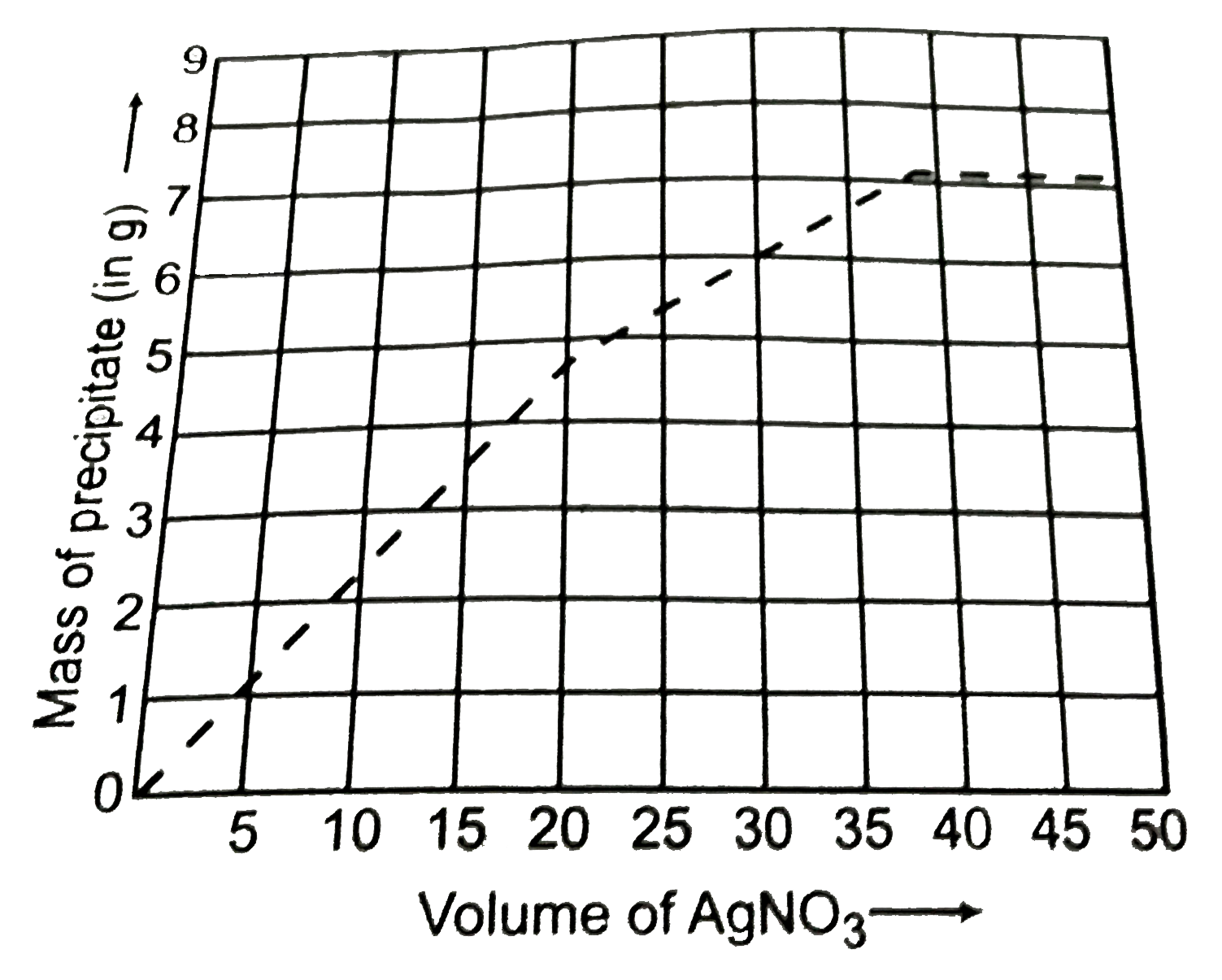Alkali metal iodide(s) aqueous solution(s) of which can dissolve I2 to form MI3 is (are)
K
Na
Rb
Cs.
The correct Answer is:A, C
Sodium cannot form polyhalide of the form MI3
Topper's Solved these Questions
- THE ALKALI METALSBook:DINESH PUBLICATIONChapter:THE ALKALI METALSExercise:RQ
Explore 172 Videos
- THE ALKALI METALSBook:DINESH PUBLICATIONChapter:THE ALKALI METALSExercise:Reason Assertion
Explore 15 Videos
- SURFACE CHEMISTRYBook:DINESH PUBLICATIONChapter:SURFACE CHEMISTRYExercise:Ultimate Prepatarory Package
Explore 16 Videos
- THE BORON FAMILY Book:DINESH PUBLICATIONChapter:THE BORON FAMILY Exercise:Ultimate Preparatory Package
Explore 13 Videos
Similar Questions
Assign reasons for the following
(i) alkali metals impart characteristic colour to flame
(ii) Alkali metals are strong reducing agents.
(iii) An aqueous solution of Na2CO3 is basic in nature.
View SolutionWhy do alkali metals dissolve in liquid ammonia to form blue solution which is conducting in nature?
View Solution
Knowledge Check
Aqueous solution of KI dissolves I2 to form KI3. Which of the following statements is (are) true ?
AThe solution contains K3+ and I− ions.BThe solution contains K+ and I−3 ions.CThe solution is violet in colour.DIn KI3,I2 behaves as Lewis acid and I− as Lewis base.Alkali metals dissolve in ammonia to give a blue solution which is conducting due to
Aammoniated electronsBloss of electronsCammoniated cationsDboth (A) and (C ).Which of the following alkali metal ions in aqueous solution is the best conductor of electricity ?
ALi+BNa+CCs+DK+
4.0g of a mixture of NaCl and an unknown metal iodide MI2 was dissolved in water to form its aqueous solution. To this aqueous solution, aqueous solution of AgNO_(3)wasadded∇uallysotˆsilverhalsare≺iπtated.The≺iπtateswereweighedatrega––r∫ervalandfollow∈gcurveforthemassof≺iπtateversusvolumeofAgNO_(3)addedwasobta∈ed.Withtheknow≤d≥ofthefacttˆhalsare≺iπtated≻essively,i.e,when≤sssolub≤halis≺iπtat∈g,theotherhalrema∈∈thesolution,answerthefollow∈gquestions:(MolarmassofAg = 108, I = 127, Na=23).

What is the approximate molar mass of unknown metal M?
View Solution4.0g of a mixture of NaCl and an unknown metal iodide MI2 was dissolved in water to form its aqueous solution. To this aqueous solution, aqueous solution of AgNO_(3)wasadded∇uallysotˆsilverhalsare≺iπtated.The≺iπtateswereweighedatrega––r∫ervalandfollow∈gcurveforthemassof≺iπtateversusvolumeofAgNO_(3)addedwasobta∈ed.Withtheknow≤d≥ofthefacttˆhalsare≺iπtated≻essively,i.e,when≤sssolub≤halis≺iπtat∈g,theotherhalrema∈∈thesolution,answerthefollow∈gquestions:(MolarmassofAg = 108, I = 127, Na=23).<br><imga≤ocr_imageload∈g=lazysrc=https://d10lpgp6xz60nq.cloudfront.net/physics_images/ARH_40Y_SP_IJ_CHM_C01_E01_101_Q01.pngwh=80%mx-autosty≤=background:white;><br>Wˆisthe≈imatemolarityofAgNO_(3) solution?
View Solution4.0g of a mixture of NaCl and an unknown metal iodide MI2 was dissolved in water to form its aqueous solution. To this aqueous solution, aqueous solution of AgNO_(3)wasadded∇uallysotˆsilverhalsare≺iπtated.The≺iπtateswereweighedatrega––r∫ervalandfollow∈gcurveforthemassof≺iπtateversusvolumeofAgNO_(3)addedwasobta∈ed.Withtheknow≤d≥ofthefacttˆhalsare≺iπtated≻essively,i.e,when≤sssolub≤halis≺iπtat∈g,theotherhalrema∈∈thesolution,answerthefollow∈gquestions:(MolarmassofAg = 108, I = 127, Na=23).<br><imga≤ocr_imageload∈g=lazysrc=https://d10lpgp6xz60nq.cloudfront.net/physics_images/ARH_40Y_SP_IJ_CHM_C01_E01_100_Q01.pngwh=80%mx-autosty≤=background:white;><br>Wˆisthe≈imatemasspercenta≥ofMl_(2) ?
View SolutionAn aqueous solution of metal ion M1 reacts separately with reagents Q and R in excess to gie tetrahedral and sqaure planar complexes, respectively. An aqueous solution of another metal ion M2 always forms tetrahedral complexes with these reagents. Aqueous solution of M2 on reaction with reagent S gives white precipitate which dissolves in excess of S. The reaction are summarised in the scheme given below
Scheme

Reagent S is
View SolutionI2 dissolves appreciably in an aqueous solution of KI forming
View Solution
